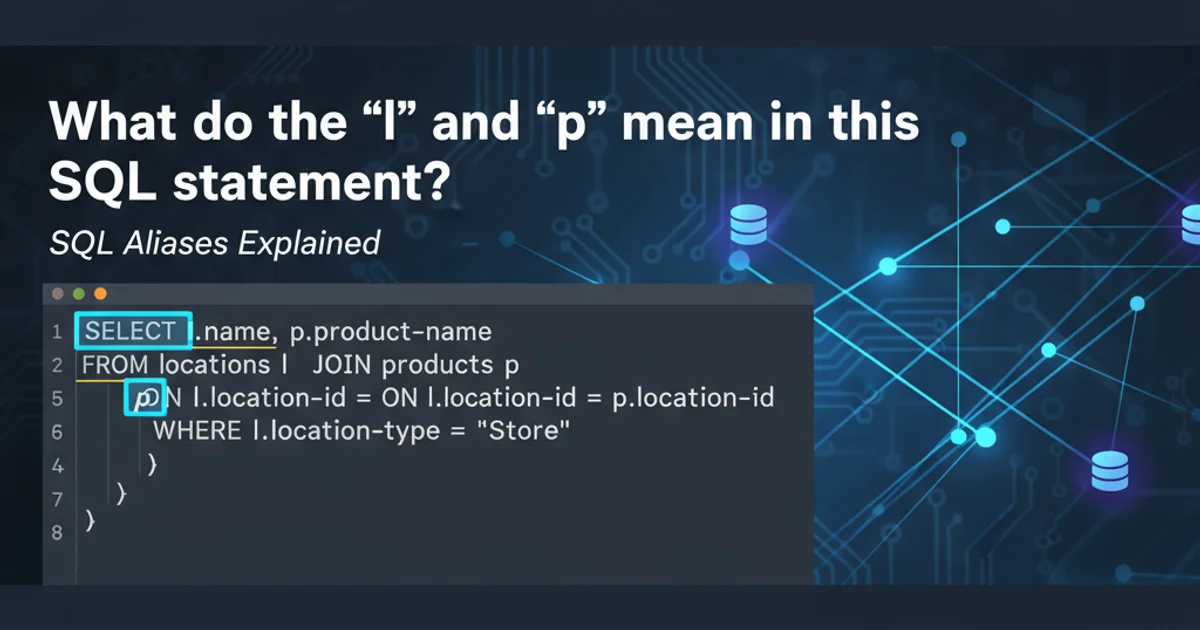Implicit RowDefinition for Grid in WPF
Categories:
Mastering Implicit RowDefinition in WPF Grids

Discover how WPF's Grid layout container can implicitly define rows, simplifying XAML and improving readability for common UI patterns.
WPF's Grid panel is a powerful and flexible layout container, allowing developers to arrange UI elements in a tabular structure of rows and columns. Traditionally, defining rows and columns explicitly using <Grid.RowDefinitions> and <Grid.ColumnDefinitions> is standard practice. However, for certain common scenarios, WPF offers a less-known but highly convenient feature: implicit RowDefinition creation. This article explores how implicit row definitions work, when to use them, and how they can streamline your XAML.
Understanding Explicit Row Definitions
Before diving into implicit definitions, let's quickly review the explicit approach. When you need precise control over row heights or want to name rows for easier referencing, explicit definitions are essential. You declare each RowDefinition within the <Grid.RowDefinitions> tag, specifying its Height property (e.g., Auto, *, or a fixed pixel value).
<Grid>
<Grid.RowDefinitions>
<RowDefinition Height="Auto"/>
<RowDefinition Height="*"/>
<RowDefinition Height="50"/>
</Grid.RowDefinitions>
<TextBlock Text="Header" Grid.Row="0"/>
<TextBox Text="Content" Grid.Row="1"/>
<Button Content="Action" Grid.Row="2"/>
</Grid>
Example of explicit RowDefinition declarations.
The Magic of Implicit Row Definitions
WPF's Grid has a clever default behavior: if you place elements directly into a Grid without explicitly defining Grid.RowDefinitions, and you assign Grid.Row values to these elements, the Grid will automatically create RowDefinitions for any Grid.Row index that doesn't have an explicit definition. These implicitly created rows will all have a Height of * (star sizing), meaning they will proportionally share available space.
flowchart TD
A[Start]
B{Grid.RowDefinitions defined?}
C{Element has Grid.Row property?}
D{Grid.Row index exists explicitly?}
E[Use explicit RowDefinition]
F[Implicitly create RowDefinition (Height='*')]
G[Place element in Grid.Row]
A --> B
B -- Yes --> C
B -- No --> C
C -- Yes --> D
C -- No --> G
D -- Yes --> E --> G
D -- No --> F --> GDecision flow for how Grid determines RowDefinitions.
This behavior is particularly useful for simple layouts where all rows should share space equally, or when you only need a few rows and don't want to clutter your XAML with boilerplate definitions. It significantly reduces the verbosity of your XAML, making it cleaner and easier to read.
<Grid>
<!-- No Grid.RowDefinitions defined explicitly -->
<TextBlock Text="Item 1" Grid.Row="0"/>
<TextBlock Text="Item 2" Grid.Row="1"/>
<TextBlock Text="Item 3" Grid.Row="2"/>
<TextBlock Text="Item 4" Grid.Row="3"/>
</Grid>
Example of implicit RowDefinition usage. All rows will have Height="*".
Height="*". If you need Auto or fixed heights, you must use explicit RowDefinitions.Combining Explicit and Implicit Definitions
You can even combine explicit and implicit definitions. If you define some RowDefinitions explicitly, but then place an element in a Grid.Row index beyond the explicitly defined range, WPF will implicitly create the missing RowDefinitions up to that index. This can be handy for scenarios where you have a few fixed-height rows at the top, and then a dynamic number of equally sized rows below.
<Grid>
<Grid.RowDefinitions>
<RowDefinition Height="Auto"/> <!-- Row 0: Explicit Auto -->
<RowDefinition Height="100"/> <!-- Row 1: Explicit 100px -->
</Grid.RowDefinitions>
<TextBlock Text="Header (Auto)" Grid.Row="0"/>
<TextBlock Text="Fixed Height (100px)" Grid.Row="1"/>
<TextBlock Text="Implicit Row 2 (*)" Grid.Row="2"/>
<TextBlock Text="Implicit Row 3 (*)" Grid.Row="3"/>
</Grid>
Combining explicit and implicit RowDefinitions.